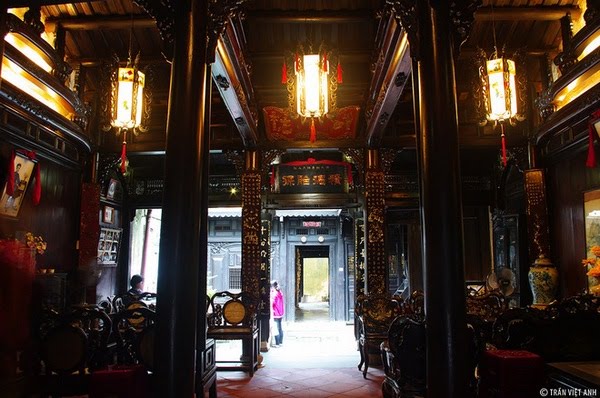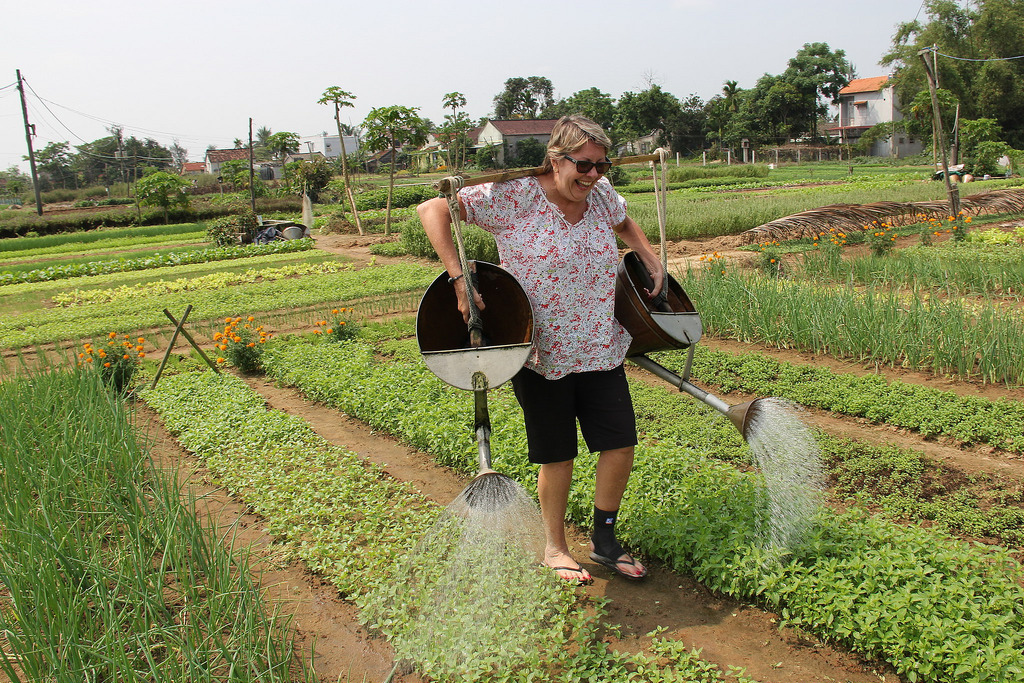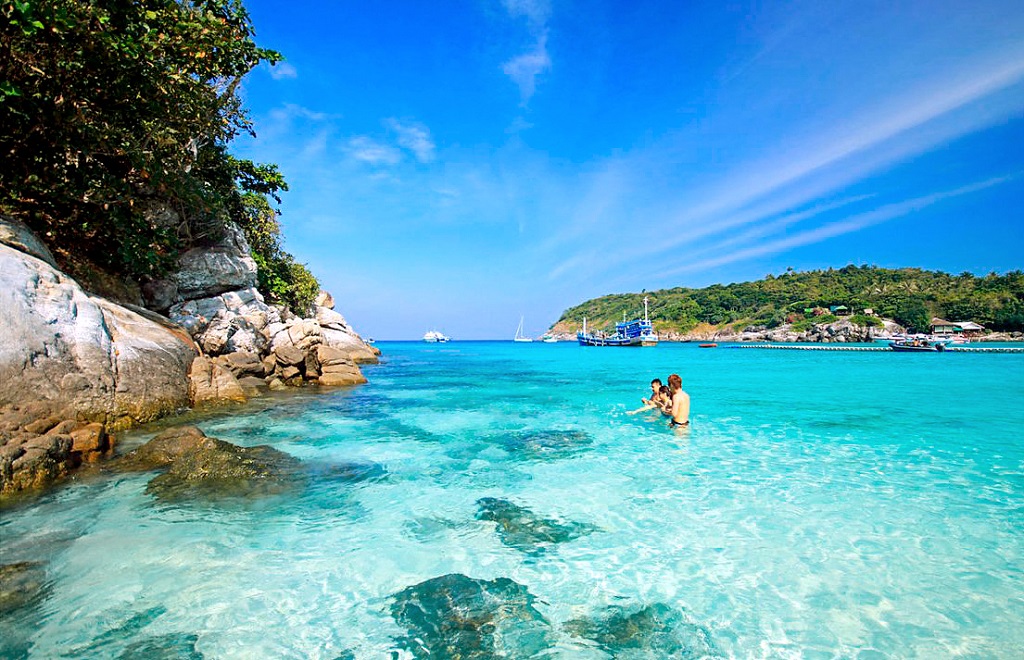Nam Giao Esplanade
Emperors under feudalism oftern regarded themselves as "thien tu" - the sons of Heaven. Hence, to express their respect to Father God, they often held annual offering ceremonies to worship. That's why Nam Giao Esplanade was built by King Gia Long after being crowned, in Duong Xuan Village, south of Hue City.
Emperors under feudalism often regarded themselves as "thien tu" (son of the God). Hence, to express their respect to Father God, they often held annual offering ceremonies to worship.
Location and history
That's why Nam, Giao Esplanade was built by King Gia Long after being crowned, in Duong Xuan Village, south of Hue City. It was started constructing on 25th March, 1806. At the beginning of 1807, its first God worship ceremonies were held there. Among several offering terraces of previous dynasties, Nguyen's is the only one that still exists until today.
Architecture
The open-air monument obviously reflects the old misconception of people about the universe (circular heavens and square earth), follows the principles of Yin and Yang and also represents 5 elements of the nature: Metal, Wood, Water, Fire and Earth (in order: Kim, Moc, Thuy, Hoa, Tho).
As well, the esplanade is designed to symbolize oriental theory of 3 agents: Heaven, Earth, Man (Thien, Dia, Nhan respectively). Each is represented by one terrace with distinctive color and shape: circular blue heaven, square yellow earth. The bottom terrace is square and red-painted which stands for Man, as there is a phrase “red child” (xich tu – con do) to call the normal people. The top terrace (Heaven) is the place to hold offering ceremonies to God, Earth and Nguyen Dynasty’s ancestors and also called Vien dan. The middle one (Tung dan) is for worshipping the Sun, Moon, Stars, Cloud, Rain, Wind, Lightning, Year and Month, Mountain, Ocean, River, Lagoon, Lake, etc. and all other kinds of holy spirits throughout Vietnam. The last terrace is where to offer sacrifice.
Along with the main esplanade, there are several other building sites to support the offering ceremony like “Trai cung” (where the king stays before the ceremony), “Than tru” (the kitchen to prepare sacrifice), “Than kho” (the warehouse to place ceremony’s tools).
In the past, Nam Giao Esplanade was surrounded by a thick basalt wall which has been destructed. Pine trees were also planted around, as Emperor Minh Mang has followed his father’s tradition and asked all his sons and mandarins to plant their own pines with their name card on it and take care of their own trees.
Nam Giao Esplanade plays a very important role in religious and political life of Nguyen Dynasty. It took the Protocol and Administration Ministries many months to prepare for the ceremony. Before the sacrifice offering day, all villages and communal in Thua Thien-Hue had to complete making triumphal arches, to put alters on both sides of the route where the Emperor would pass by from Ngo Mon Noon gate to Trai Cung. During the ceremony, big flags with different colors were hung on all four doors of the esplanade: black flags on the north door, blue on the east, red on the south and white on the west. The kings often had to operate the ceremony on his owns. In case he wasn’t capable, his son or one of his mandarins would be ordered to take this task.
Today, visitors can come here to understand about the religious and political belief of Oriental feudal society in general and Nguyen Dynasty in particular, which is completely different from that of Western people.
How to get there
Follow Dien Bien Phu Street till the end. There stands the esplanade. Suggested means of transport include: bike, motorbike and car.
When to get there
The site is open for tourists all the time, but it’s highly recommended to get there when the ceremony is held.
The royal ceremony is especially often restored on the occasion of Hue Festival (in 2002, 2004 and 2006 already), to pray for a peaceful country and prosperous people. This is a particular performance you can’t find anywhere else. Similar ceremony will be held again in Festival Hue 2012, which will take place on April.
Emperors under feudalism often regarded themselves as "thien tu" (son of the God). Hence, to express their respect to Father God, they often held annual offering ceremonies to worship.
Location and history
That's why Nam, Giao Esplanade was built by King Gia Long after being crowned, in Duong Xuan Village, south of Hue City. It was started constructing on 25th March, 1806. At the beginning of 1807, its first God worship ceremonies were held there. Among several offering terraces of previous dynasties, Nguyen's is the only one that still exists until today.
Architecture
The open-air monument obviously reflects the old misconception of people about the universe (circular heavens and square earth), follows the principles of Yin and Yang and also represents 5 elements of the nature: Metal, Wood, Water, Fire and Earth (in order: Kim, Moc, Thuy, Hoa, Tho).
As well, the esplanade is designed to symbolize oriental theory of 3 agents: Heaven, Earth, Man (Thien, Dia, Nhan respectively). Each is represented by one terrace with distinctive color and shape: circular blue heaven, square yellow earth. The bottom terrace is square and red-painted which stands for Man, as there is a phrase “red child” (xich tu – con do) to call the normal people. The top terrace (Heaven) is the place to hold offering ceremonies to God, Earth and Nguyen Dynasty’s ancestors and also called Vien dan. The middle one (Tung dan) is for worshipping the Sun, Moon, Stars, Cloud, Rain, Wind, Lightning, Year and Month, Mountain, Ocean, River, Lagoon, Lake, etc. and all other kinds of holy spirits throughout Vietnam. The last terrace is where to offer sacrifice.
Along with the main esplanade, there are several other building sites to support the offering ceremony like “Trai cung” (where the king stays before the ceremony), “Than tru” (the kitchen to prepare sacrifice), “Than kho” (the warehouse to place ceremony’s tools).
In the past, Nam Giao Esplanade was surrounded by a thick basalt wall which has been destructed. Pine trees were also planted around, as Emperor Minh Mang has followed his father’s tradition and asked all his sons and mandarins to plant their own pines with their name card on it and take care of their own trees.
Nam Giao Esplanade plays a very important role in religious and political life of Nguyen Dynasty. It took the Protocol and Administration Ministries many months to prepare for the ceremony. Before the sacrifice offering day, all villages and communal in Thua Thien-Hue had to complete making triumphal arches, to put alters on both sides of the route where the Emperor would pass by from Ngo Mon Noon gate to Trai Cung. During the ceremony, big flags with different colors were hung on all four doors of the esplanade: black flags on the north door, blue on the east, red on the south and white on the west. The kings often had to operate the ceremony on his owns. In case he wasn’t capable, his son or one of his mandarins would be ordered to take this task.
Today, visitors can come here to understand about the religious and political belief of Oriental feudal society in general and Nguyen Dynasty in particular, which is completely different from that of Western people.
How to get there
Follow Dien Bien Phu Street till the end. There stands the esplanade. Suggested means of transport include: bike, motorbike and car.
When to get there
The site is open for tourists all the time, but it’s highly recommended to get there when the ceremony is held.
The royal ceremony is especially often restored on the occasion of Hue Festival (in 2002, 2004 and 2006 already), to pray for a peaceful country and prosperous people. This is a particular performance you can’t find anywhere else. Similar ceremony will be held again in Festival Hue 2012, which will take place on April.
Other Article
Hue Over View
Located on the bank of Song Huong- Perfume River; Hue, the capital of Thua Thien Hue province in Central Vietnam, is 700 km southern Hanoi, 1100km northern Ho Chi Minh City, and only a few miles from the sea...
Bach Ma National Park
With close proximity to both Hue and Danang, Bach Ma national park is simple a cannot-afford-to-miss for nature lovers and especially bird-watching enthusiasts...
Vong Canh Hill
Just 43m high, the hill is located 7km from Hue centre, with its foot lying next to slowly flowing Perfume River. On the way to Tu Duc Tomb, there’s a hill called Vong Canh, which at first seems to be quite normal amongst other famous sightseeing spots of Hue...
Hue Imperial Citadel
Famously being one of Vietnam’s seven UNESCO World Heritage Sites, the Imperial City of Hue has long been a must-see attraction for tourists visiting a hidden charm of Vietnam...
Dong Ba Market
Dong Ba is the biggest commercial center of Thua Thien Hue Province and the adjacent regions. It stands along the north bank of Huong River, on Tran Hung Dao Street of Hue City and stretches from Trang Tien Bridge to Gia Hoi Bridge...
Thien Mu pagoda
If Hanoi has One-pillar pagoda, Hue is renowned for its Thien Mu pagoda. The architecture, location and history makes Thien Mu pagoda among the top attractions to see in Hue...
Tu Duc Tomb
Located in a narrow valley in Duong Xuan Thuong Village, 8km from Hue City, Tu Duc Tomb is considered as one of the most beautiful and picturesque and largest works of architecture of Nguyen Dynasty’s royal palaces and tombs. People say that Tu Duc Tomb is a must in every tour to Hue City...
Minh Mang Tomb
Minh Mang Tomb is in Huong Tho Commune, Huong Tra District, on the west bank of Perfume River and about 12km south of Hue City center. This place is where 2 tributaries join to form the picturesque Perfume River...
Khai Dinh Tomb
After his ascendancy to throne in 1916, Emperor Khai Dinh chose the slope of Chau Chu (Chau E) Mountain, which is 10km from Hue center, to construct his “home in the other world” – according to Oriental belief. It was started bulding in 1920 and completed 11 years later, by his successor – Emperor Bao Dai...
Da Nang Over View
The third largest city in Vietnam, Da Nang is in close proximity to Hue- 3 hours North and Hoi An- 30 minutes South, which makes it a perfect stop point for those who need a break from touristy areas. Da Nang is growing into one of the most organized urban area, with attractive beach front villas on the one side and Han River flowing on the other...
Danang Marble Mountains
Driving 9km south of Danang city center on the famous beachfront boulevard Truong Sa, travelers can find one of the most popular attractions of the region, the Marble mountains. It is a group of five marble and limestone mountains, named after the five elements of the ancient oriental philosophy: metal, wood, water, fire and earth...
Ba Na Hills
If you drive about 30 km from Da Nang city to the West, you can finally reach one of the most spectacular sights you would have ever visited. With a height of 1,487 meters above the sea lever and a temperate climate, Ba Na Mountain is a real treasure of Vietnam...
Han Market
The most important trading point of Da Nang City, Han market is popular among local and tourist alike. Located at the grand intersection of Tran Phu Street, Bach Dang Street, Hung Vuong Street and Tran Hung Dao Street, this famous market holds a very important position in the history of the city...
Cham Pa Museum
Situated at the intersection of Trung Nu Vuong Street and Bach Dang Street in Da Nang, the heart of the ancient Cham Pa Kingdom, the museum houses the last collection of Cham Pa arts in the world...
Son Tra Peninsula
Only 13 km away from the center of Da Nang City, Son Tra Peninsula belongs to Son Tra District. This is a typical Vietnam tourism magnet along the coastline: fantastic, untouched natural scene with transparent sea, white sand, and mysterious primitive jungle with a vast diversity of plants and animals...
Hoi An Travel Guide Over View
Ancient and peaceful, Hoi An is one of the most popular destinations in Vietnam that caters to travellers of all tastes and across the continents. The little town is just the perfect candidate of what Vietnam tourism ministry is aiming to show to the world...
Hoi An Traditional Art Performance Theatre
Walking around the Old Quarter of Hoi An, tourists are always fascinated by endless reminiscences of a past time when the old town was a major commercial port, a center of cultural interminglement amongst Vietnamese, Chinese and Japanese...
Old House of Tan Ky
Located at 101 Nguyen Thai Hoc Street, in the Old Quarter of Hoi An Ancient Town, Tan Ky Old house is an almost perfect example of a 18th merchant’s residence in this major commercial port town. The name Tan Ky, meaning “Progress Shop”, was given to the house by the second generation to express the owner’s wish for a prosperous business...
Kim Bong Carpentry Village
Since the 16th century, the village which originated in the north of Vietnam, has had its artisans work on furniture and houses across the country, from prominent buildings in Hanoi to Hue citadel and royal tombs or most of the architectural projects in Hoi An’s heyday...
Tra Que Herb Village
Tourists visitting Tra Que Village are often fascinated by watching the farming procedures of local farmers, including: raking the ground, sowing, watering, picking vegetables and many other activities which are rarely seen in modern daily life...
Cham Island (Cu Lao Cham)
Cham Island is a group of 8 small islands, which has been recognized by UNESCO as the World Biosphere Reserve (Cu Lao Cham Marine Park).This ideal destination is endowed with marvelous topography of mountain slopes and biological diversity...
My Son Sanctuary
If Hoi An enchants you by colorful lanterns along downtown streets by night, charming red towers in My Son surely amazes you in the sunset. My Son Sanctuary is located in My Son village, Duy Tan commune, Duy Xuyen district, 30km west of Tra Kieu (the ancient capital of Cham people) and 69km south-west of Da Nang city...
Powered by NAM Travel (Nam Huong Travel Limited Company)
© Copyright 2018 NAM Travel (Nam Huong Travel Limited Company) - Use of this website constitutes acceptance of the NAM Travel (Nam Huong Travel Limited Company)'s

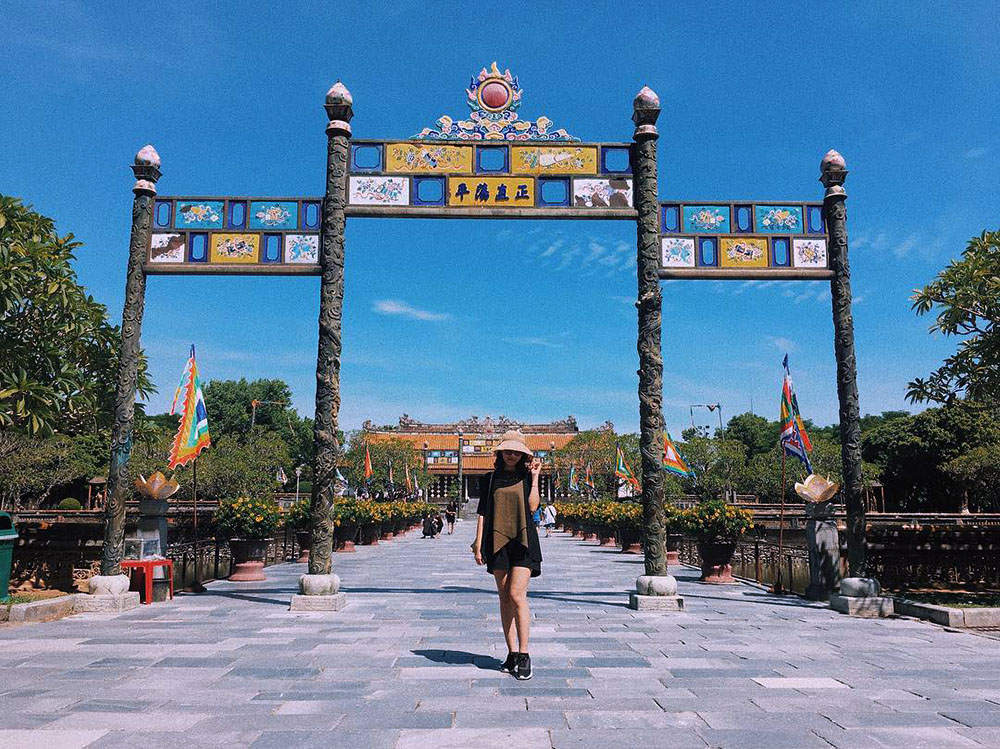
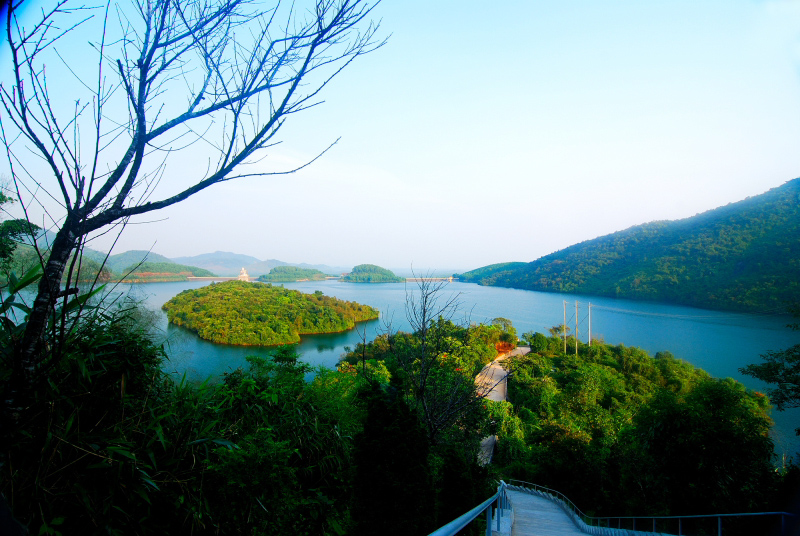

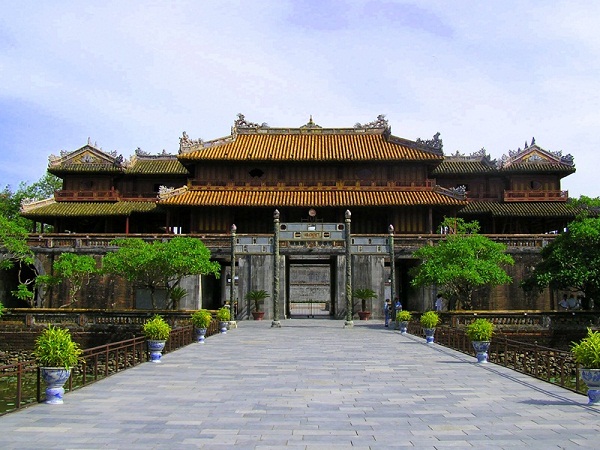
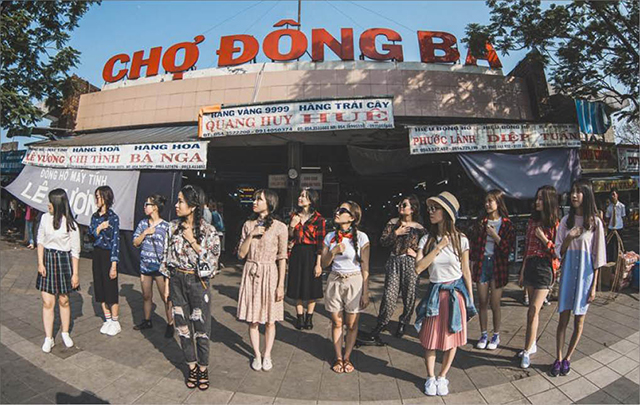


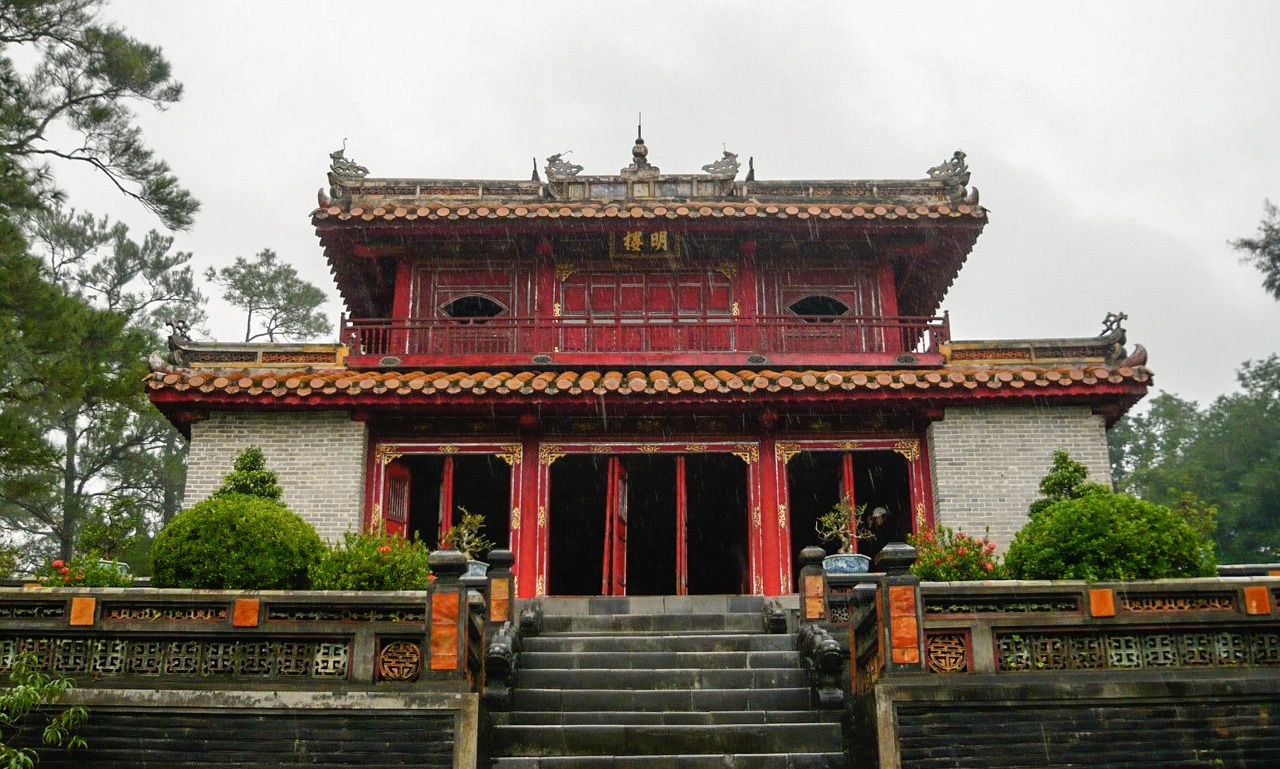
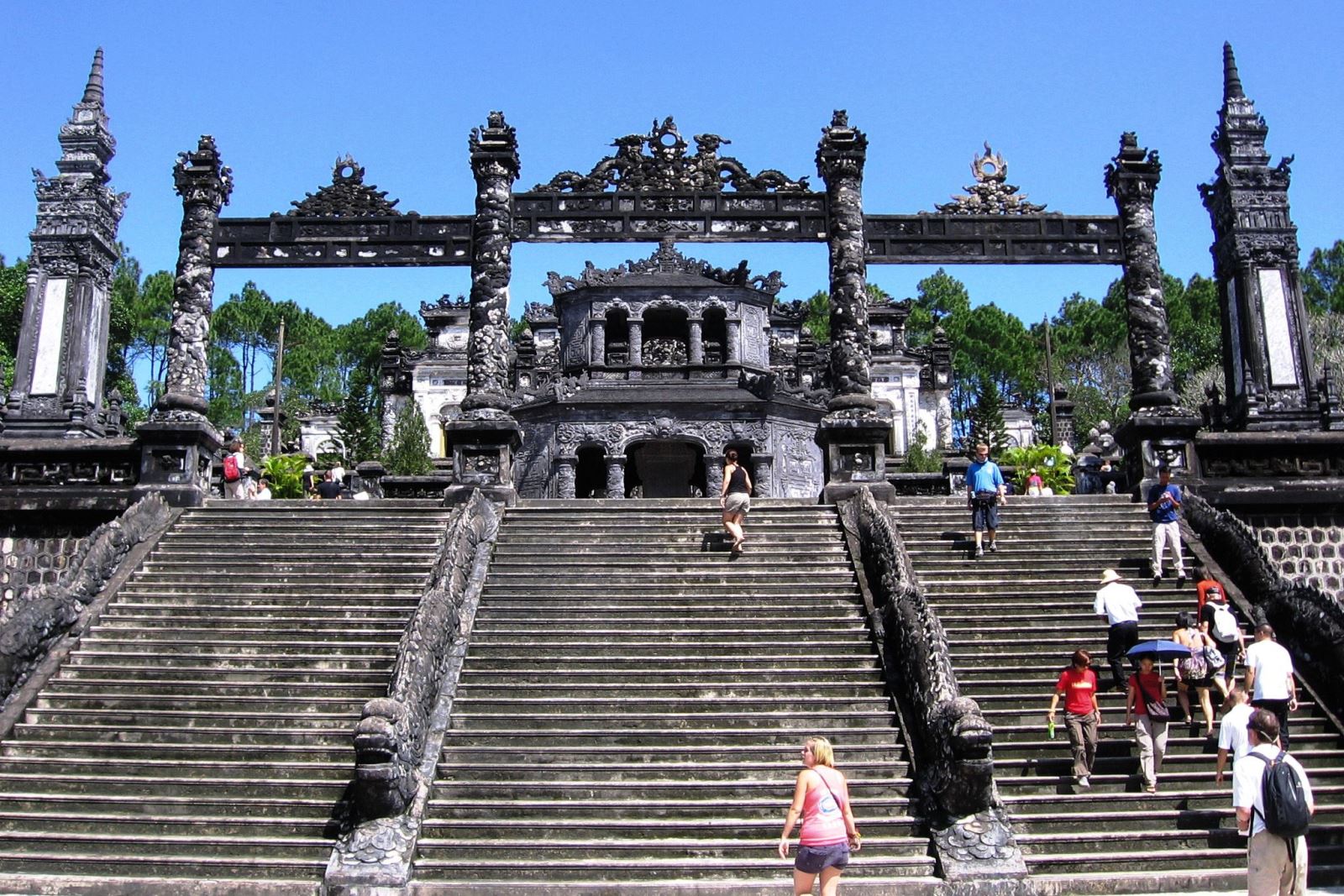
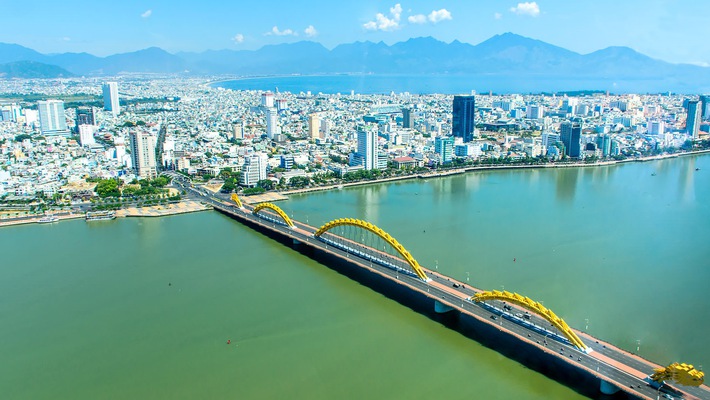
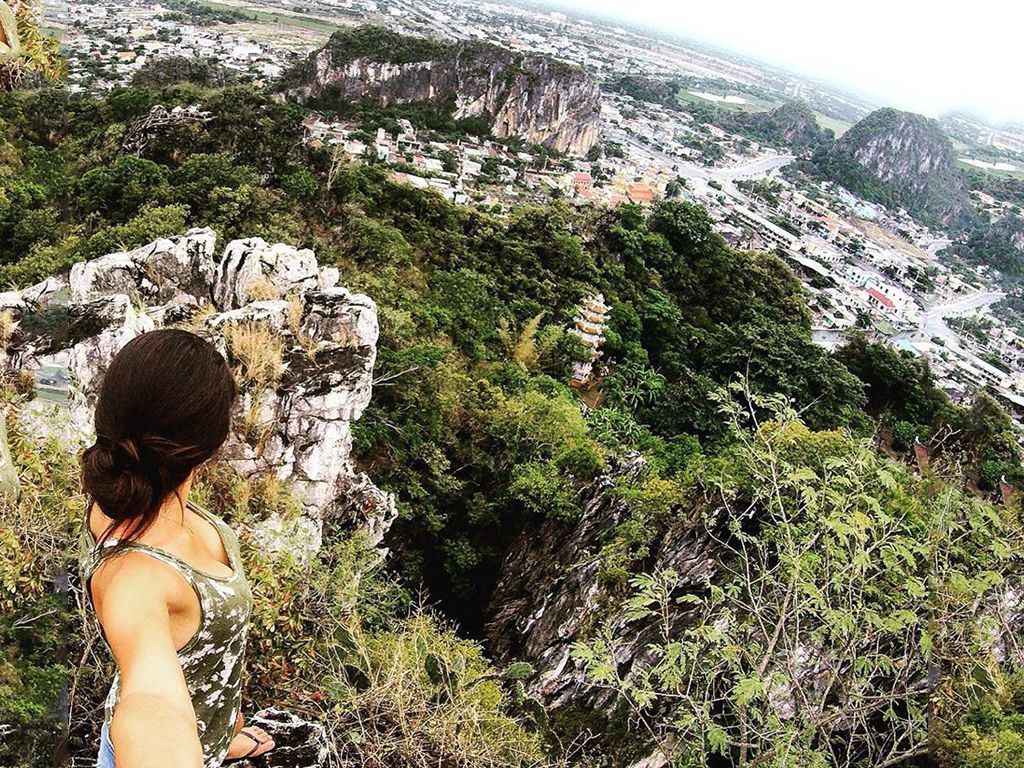

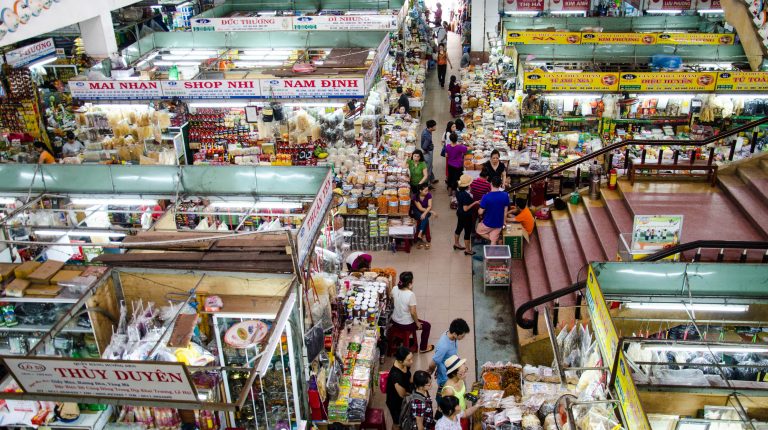
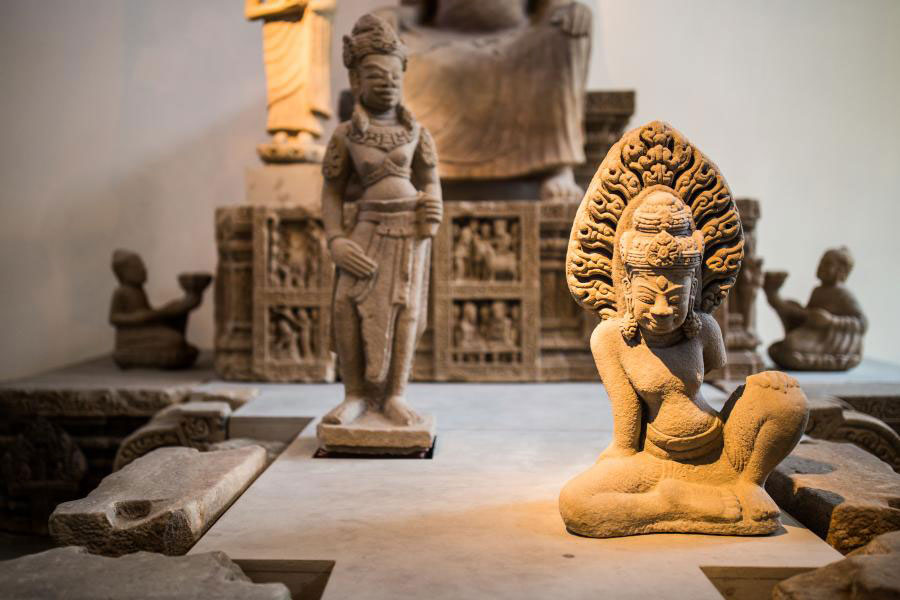
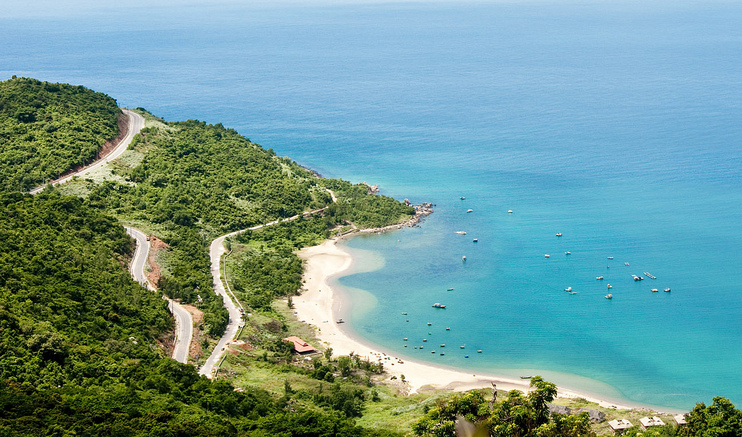
.jpg)

